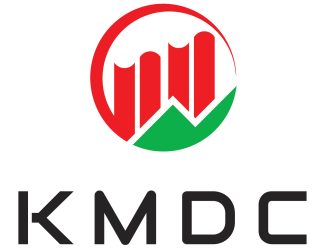
Mining is a diverse industry with various categories or sectors, each focused on extracting specific types of minerals, resources, or materials. Here is a list of some common mining categories:
- Coal Mining: The extraction of coal, a valuable energy resource used for electricity generation and industrial processes.
- Metal Mining:
- Iron Ore Mining: Extraction of iron ore, a crucial raw material for steel production.
- Gold Mining: The mining of gold, often for use in jewelry, electronics, and as a financial investment.
- Silver Mining: Extraction of silver, used in various industries, including photography, electronics, and jewelry.
- Copper Mining: The extraction of copper, which is vital in electrical wiring and construction.
- Lead and Zinc Mining: Extraction of lead and zinc, used in batteries, alloys, and construction materials.
- Mineral Mining:
- Salt Mining: Extraction of salt, used for food preservation, de-icing roads, and chemical manufacturing.
- Phosphate Mining: Extraction of phosphate rock, a key component in fertilizers.
- Potash Mining: Extraction of potash, an essential nutrient in fertilizers.
- Sulfur Mining: Extraction of sulfur, used in various chemical processes.
- Precious and Gemstone Mining:
- Diamond Mining: The extraction of diamonds, often used in jewelry and cutting tools.
- Emerald Mining: Extraction of emeralds, a precious gemstone.
- Ruby and Sapphire Mining: Extraction of rubies and sapphires, valuable gemstones.
- Opal Mining: The extraction of opals, known for their unique iridescent properties.
- Industrial and Construction Materials Mining:
- Sand and Gravel Mining: Extraction of sand and gravel used in construction and manufacturing.
- Limestone and Dolomite Mining: Extraction of limestone and dolomite, used in construction, agriculture, and industry.
- Gypsum Mining: Extraction of gypsum, used in construction materials and as a soil conditioner.
- Rare Earth Elements (REE) Mining: Extraction of rare earth elements, essential in various high-tech applications, including electronics, renewable energy, and defense.
- Uranium Mining: The extraction of uranium for nuclear power generation and weapons production.
- Oil Sands Mining: Extraction of bitumen from oil sands, used in petroleum production.
- Placer Mining: A method of mining where valuable minerals are separated from loose materials, often involving panning for gold in riverbeds.
- Underground Mining: Mining operations that occur beneath the Earth’s surface, including coal, metal, and gemstone mining.
- Open-Pit Mining: Mining operations conducted on the surface, involving the removal of large quantities of overburden to access mineral deposits.
- Subsea Mining: The extraction of minerals and resources from the ocean floor, including polymetallic nodules and hydrothermal vents.
- Artisanal and Small-Scale Mining (ASM): Small-scale mining often carried out by individuals or small groups, typically using basic equipment and techniques.
- Plasma Mining: A theoretical approach to mining that involves using high-temperature plasma to break down rocks and extract valuable minerals.
- Asteroid Mining: A futuristic concept involving the extraction of minerals and resources from asteroids in space.
These categories represent the wide range of mining activities undertaken globally, each with its unique challenges and environmental considerations. The choice of mining category depends on the type of resource, location, and economic factors.
